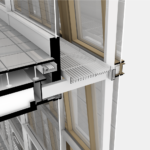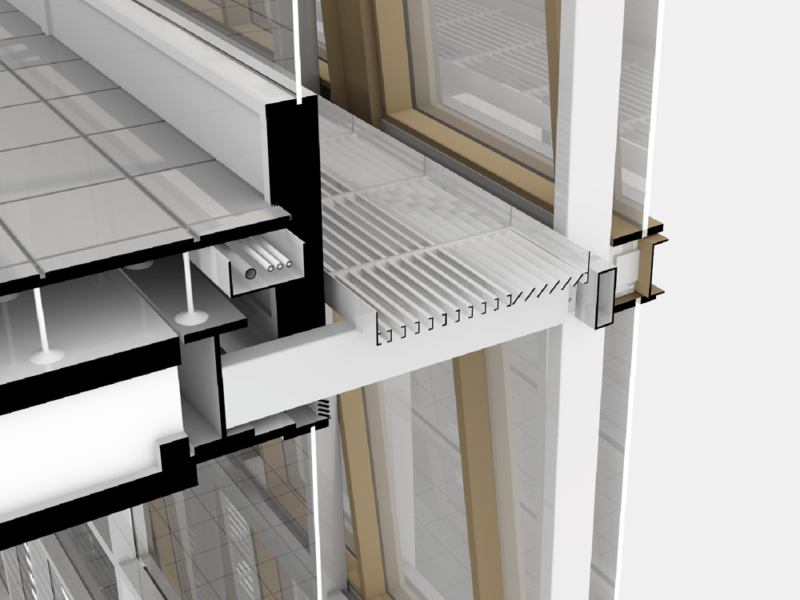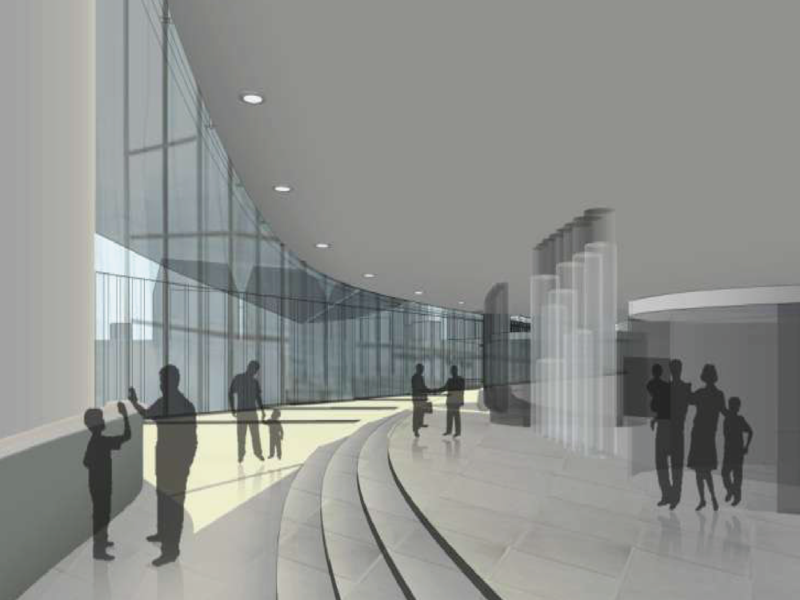Milan and Contamination
As a former manufacturing base in the heart of one of the most industrious regions in Europe, Milan has suffered a similar fate to that of its industrial neighbours, with large areas of inner city land now left abandoned following a downscaling of industry. Many of these areas suffer local contamination from the accumulation of common pollutants held suspended in the soil. Such pollutants prevent the regeneration of natural ecosystems, even in the areas left derelict and untouched for years. The inherent costs of remediation deter developers from building on the land, and many sites remain vacant. The result is an industrial wasteland, devoid of natural capital which often becomes a target of vandalism and crime, which in turn impacts upon local land values, and perceptions of the inner city.
In a survey carried out in 2007, the Milan Tourism Board found that one of the most objectionable aspects of the city that deter visitors is a widely-held perception that the city is highly-polluted and unhealthy.
Regional Contamination
After over a century as one of Italy’s most industrious regions, the municipality of Milan is now characterised by the highest levels of contamination in the country. An estimated 6 per cent of the total land area consumed by some form of contamination, compared with an already worrying national average of 2.2 per cent.

National Contamination Vs Provincial Contamination
The map below shows the concentration of contaminated sites across the Lombardia Region, with the provinces with the highest number of sites highlighted in red. Bergamo, in the East of the region, is highlighted as being one of the provinces with a high level of environmental degradation through soil contamination, but the majority of the contamination is largely focused around the municipal area of Milan, with 5 of the city’s districts containing more than 5 contamination sites each.

Distribution of Contaminated Sites across the Lombardia province
Indeed, of the 1287 contaminated sites identified in 2002, by the ARPA Lombardia, over 50% are found within the Milan’s municipal borders, compared with only 11% found in Bergamo, Lombardia’s second most-contaminated urban centre.

Distribution of Contaminated Sites across the Lombardia province
The majority of soil contaminants have been identified as hydrocarbons, inorganic compounds, and heavy metals, resulting from years of operation of fuel stations and depots, quarry landfills, the mechanical and metallurgical industries, fossil fuel refineries, and rail yards. The more expansive areas of the city suffering from soil contamination are the former sites of Milan’s great industrial giants, such as Montedison, Fiat, and Alfa Romeo, only some of which have received the compensation needed to remediate the land for future use…
Milan and Contamination is a research project carried out as part of the greater Urban Agriculture Masterplan: Milan CPUL and the Urban Agriculture & Community Food Centre, Milan.










